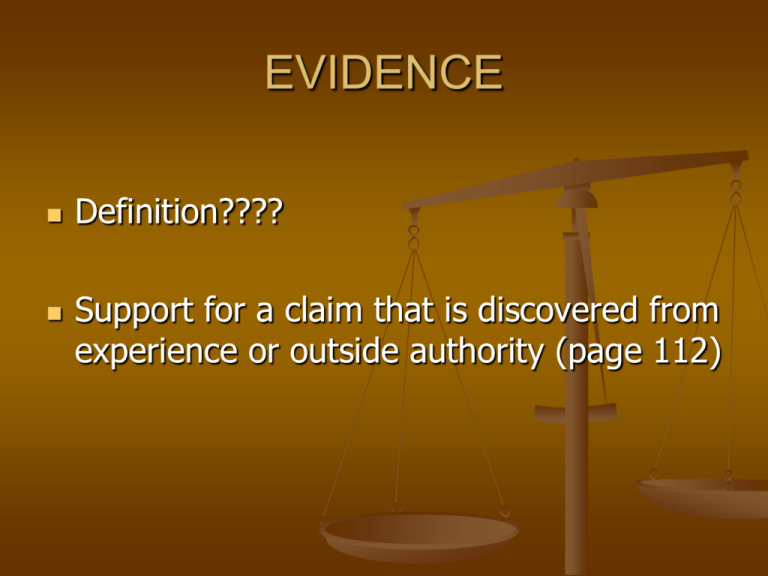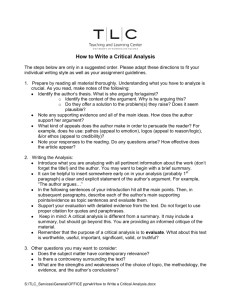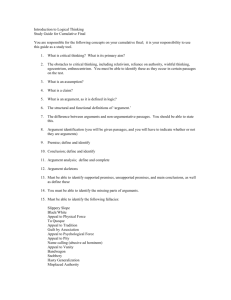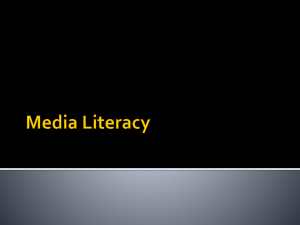Types of Evidence
advertisement

EVIDENCE Definition???? Support for a claim that is discovered from experience or outside authority (page 112) A “claim” is just an “assertion” UNTIL and UNLESS it is supported by evidence What qualifies as “evidence” (and is accepted as valid) varies by the spheres being appealed to Toulmin Claim – statement advanced to gain the adherence of others Grounds – conditions, events, that provide foundation for your claim Warrant – general statements to justify the grounds Backing – specific EVIDENCE, values, credibility etc Qualifier – the force of the argument (your acceptable level of uncertainty) Rebuttal - answer to anticipated questions by opposition/decision makers Types of Evidence All evidence is “sphere dependent” Examples Statistics Testimony Examples Definition: an illustration which can be generalized to the claim being made Find examples relevant to the Sphere you are appealing to Examples appeal to values Hypothetical Examples??? Statistics Quantifiable Mean data , Median, Mode Statistical Trends/Tendencies Credibility of Sources (global climate change) Testimony (someone other than the person making the argument) Testimony of FACT Testimony of OPINION (expert opinion –can be countered by other “experts” – becomes an issue of credibility Where to Look Internet Search (look for authoritative sources) Government Documents Statistical Abstract of the United States Organizational Publications Periodical Publications • Time, Newsweek, US News – NYTimes – Wall Street Journal etc. TESTS OF EVIDENCE Credibility – source qualifications Accuracy/Reliability Originality of Observation (avoid second-hand evidence) Recency Bias (attitudes of the observer – do they have a hidden agenda) Consistency or Contradiction with established info/data Statistics Source bias Statistical Accuracy (statistical exercise) (NRA or Uniform Crime Reports of the DOJ?) Simply put – do the numbers add up!!!!! Comparable units (US and Canada? Or Iraq and Iran?) Record/Save your Evidence Note cards Data files on flash drives etc (so you are not printing out lots of pages) Reasoning with the Audience Cause and Effect Generalization A Parallel Case (events are similar) Comparative Advantage (Inductive Reasoning – moving from a specific to the general) Analogy Authority Appeal based on Dichotomy - (fundamental sameness in different cases one is “like” another) – credibility and expertise between only 2 choices force a choice Fallacies in Argument Hasty Generalization (non representative sample – too little info etc) Slippery Slope Red Herring Non Sequitur Circular Reasoning (Irrelevant Argument – does not follow) Forcing a False Dichotomy Appeal to Ignorance Appeal to the People/popularity Appeal to Emotion the contrary exists (ad ignoratium) no proof to (ad populum) to peoples prejudices, “most people” or “it is commonly known” (such as emotionally charged language – pro-murder etc) Appeal to Authority Appeal to Tradition Appeal to Humor Argumentum Ad Hominem – not the argument (verbal aggression) attack the person






